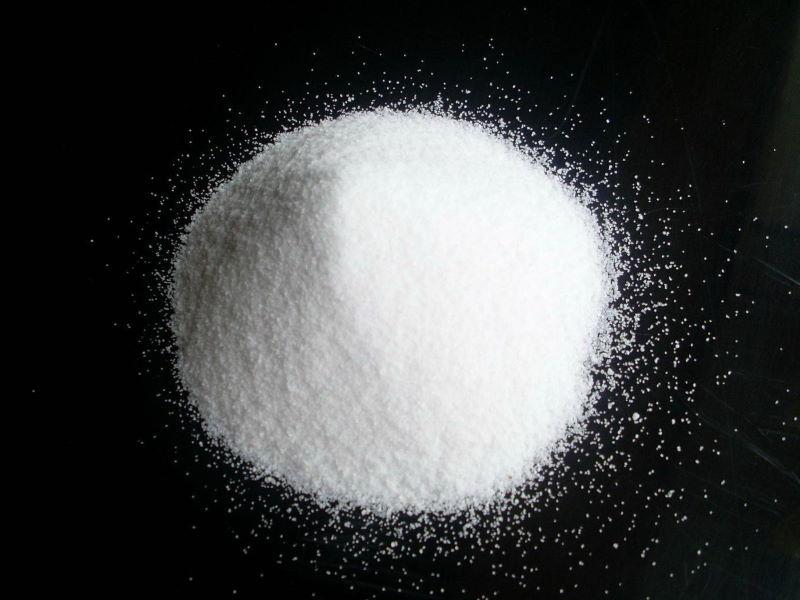The difference between crystallization, fusion and spherical silica powder

According to different classification standards, silicon powder is divided into different types, such as ordinary silicon powder, electrical grade silicon powder, electronic grade silicon powder, semiconductor grade silicon powder, etc. according to the use and purity, and can be divided into crystalline silicon powder according to the crystallization characteristics. Micropowder, fused silica powder, etc.; according to particle shape, it can be divided into angular silica powder, spherical silica powder, etc.
At present, the industry often adopts two classification methods of crystallization characteristics and particle shape to classify related products. Angular silica powder can be divided into two categories: crystalline silica powder and fused silica powder, while spherical silica powder is further prepared on the basis of angular silica powder.
1. Crystalline silica powder: simple process and low cost
The main raw material of crystalline silica powder is selected high-quality quartz ore, which is a silica powder material processed through grinding, precision classification and impurity removal, which can improve the physical properties such as linear expansion coefficient and electrical properties of downstream products such as copper clad laminates. .
Its advantage lies in its early start, mature and simple process, low requirements for production hardware and relatively cheap price, and it has a great effect on improving the performance of copper clad laminates in terms of stiffness, thermal stability and water absorption. The main disadvantage is that the improvement of the resin system is not as good as that of spherical silica powder. The specific performance is that the dispersibility, sedimentation resistance and impact resistance are lower than that of spherical silica powder, and the thermal expansion coefficient is higher than that of spherical silica powder.
2. Fused silica powder: better performance, middle cost
The main raw material of fused silica powder is selected quartz with high-quality crystal structure, which is refined by acid leaching, water washing, air-drying, high-temperature melting, crushing, manual sorting, magnetic separation, ultra-fine crushing, grading and other processes. Micronized.
Compared with crystalline silica powder, fused silica powder has the advantages of lower density, hardness, dielectric constant, and thermal expansion coefficient. And other industries, its main disadvantages are the high melting temperature in the preparation process, complex process, although the dielectric constant is improved compared with crystalline silicon micropowder, it is still higher, and its production cost is higher than that of crystalline silicon micropowder.
3. Spherical silica powder: good performance, high cost
Spherical silicon micropowder means that the individual particles are spherical, a kind of high-strength, high-hardness, inert spherical particles, which are irregularly shaped and selected angular silicon micropowder particles are instantly melted at high temperature to make them spheroidized under the action of surface tension , and then processed by cooling, grading, mixing and other processes of silica powder. Spherical microsilica powder has good fluidity and a high filling amount in the resin. After being made into a plate, the internal stress is low, the size is stable, the thermal expansion coefficient is low, and it has a higher bulk density and a more uniform stress distribution. Therefore, it can increase the filler. fluidity and reduced viscosity.
In addition, spherical silica powder has a larger specific surface area than angular silica powder, which can significantly reduce the linear expansion coefficient of copper-clad laminates and epoxy molding compounds, improve the reliability of electronic products, and reduce the impact on equipment during the manufacture of related products. and mold wear. Its disadvantage is mainly that the preparation process is complicated and the cost is high.
The three microsilica powders have different application fields due to their different parameters. Generally speaking, the application fields are gradually becoming high-end in the order of crystalline silica powder, fused silica powder, and spherical silica powder. Crystalline silica powder is commonly used in electrical grade applications, such as copper clad laminates for home appliances, switches, wiring boards, chargers, etc.; fused silica powder is often used in electronic grade applications, such as copper clad laminates used in smartphones, tablet computers, and automobiles. Epoxy molding compounds, adhesives, etc. used in chip packaging; spherical silica powder is mainly used in the manufacture of epoxy molding compounds for high-end chips, and as fillers for copper clad laminates for high-frequency and high-speed circuits.
